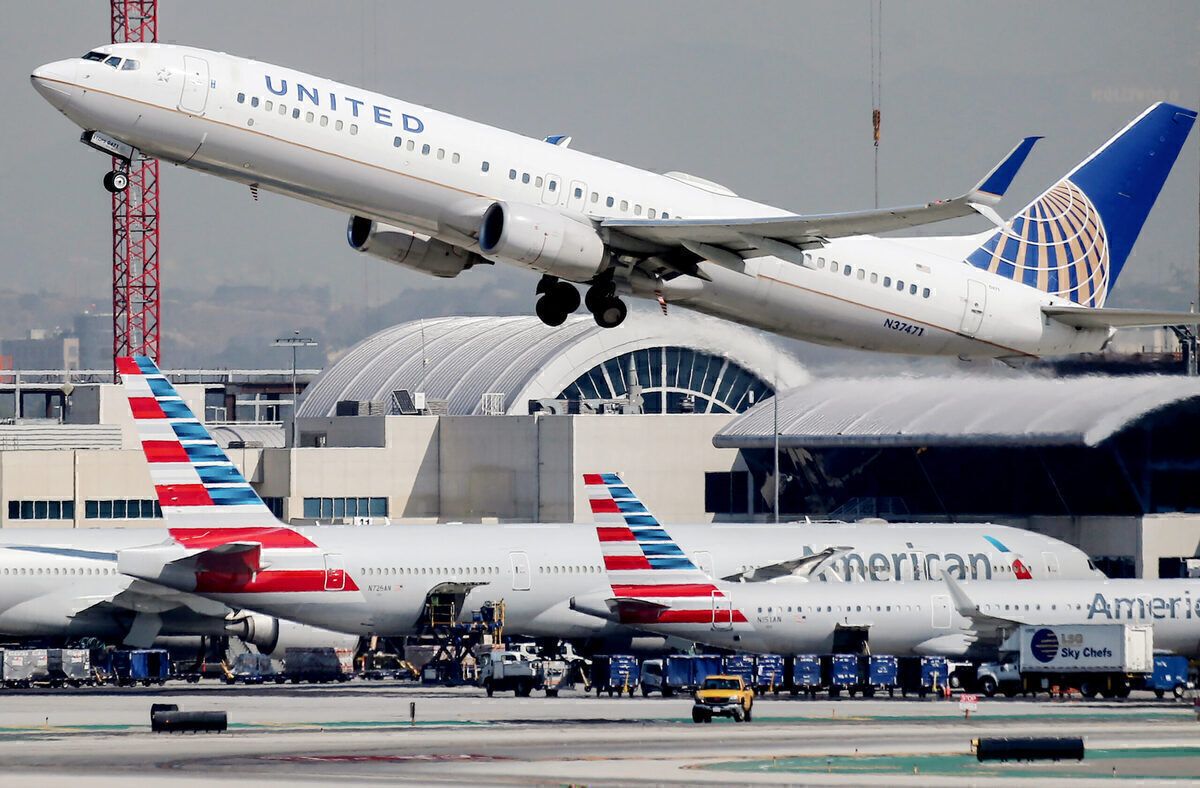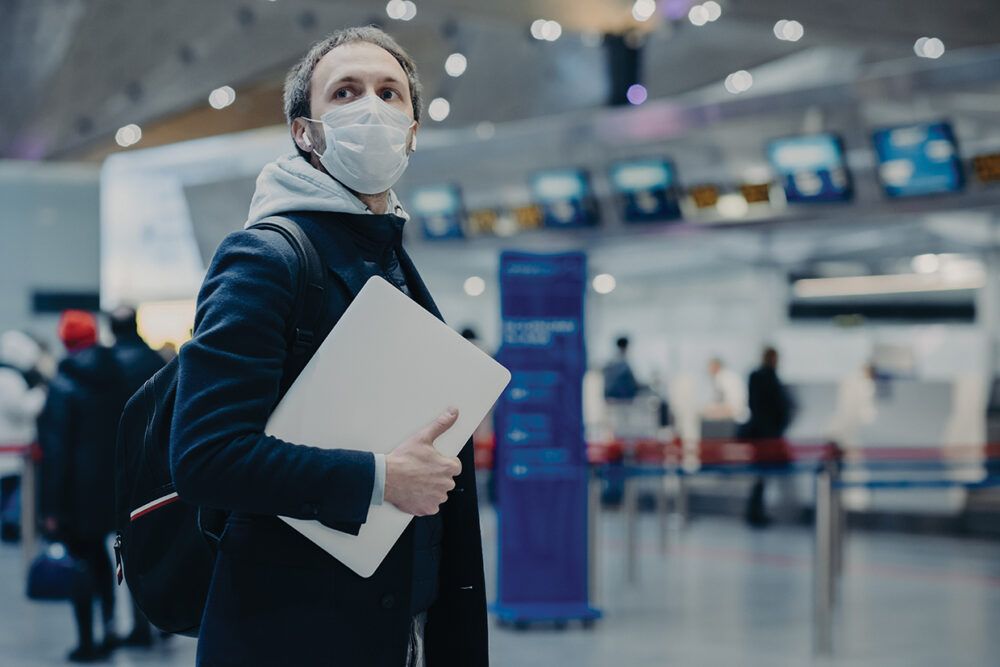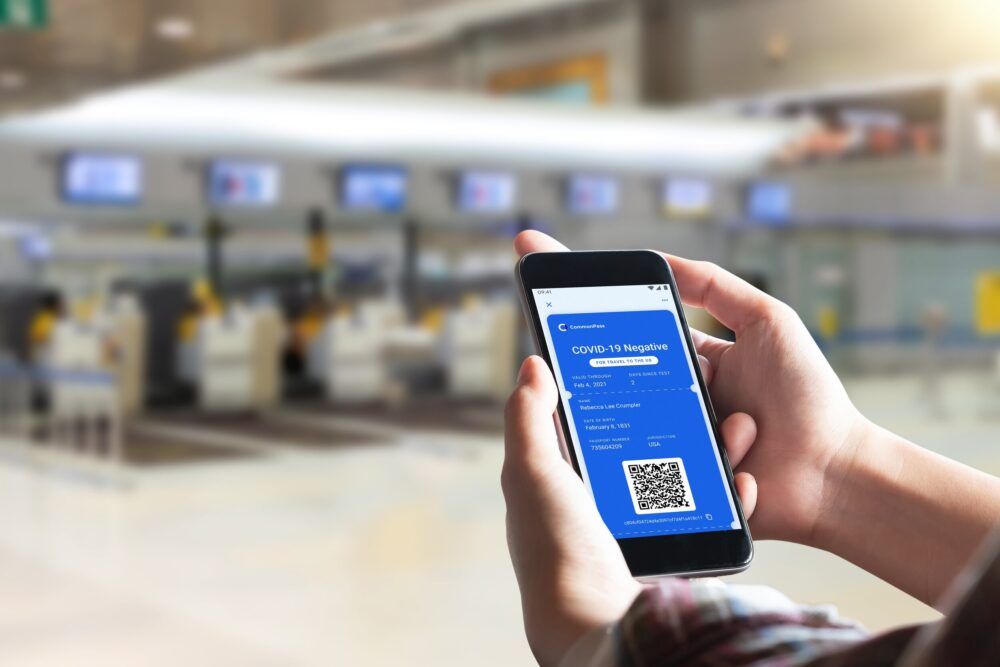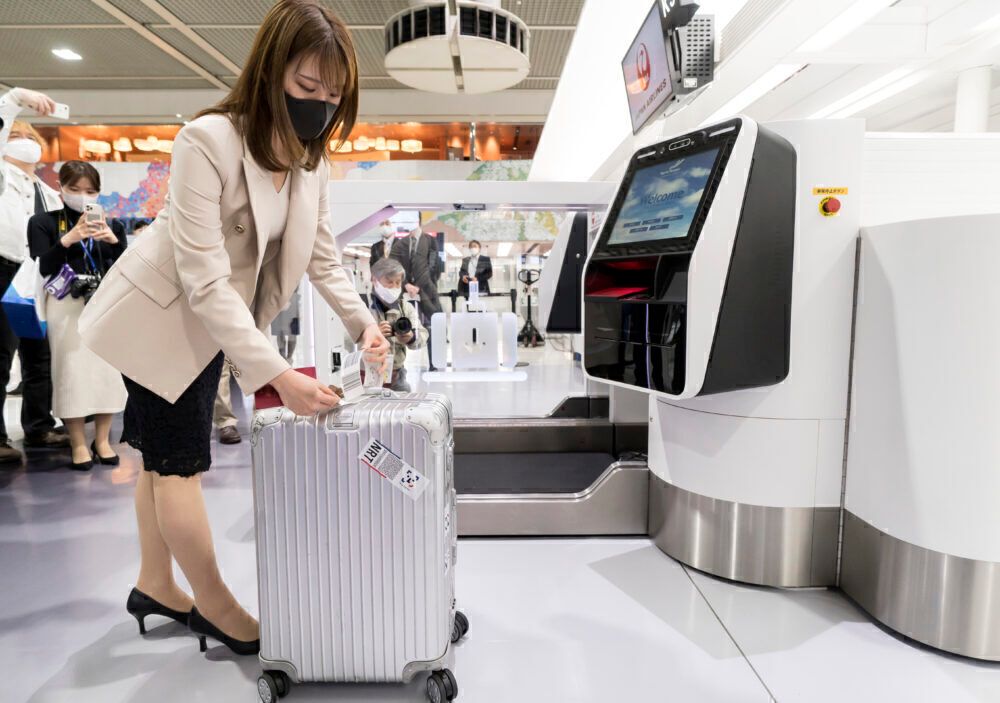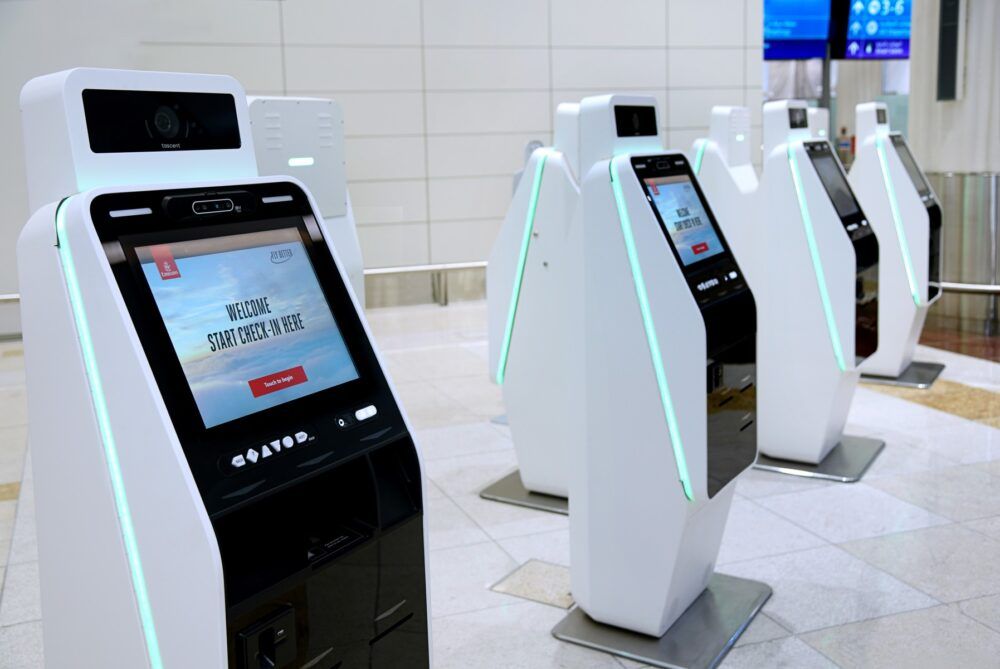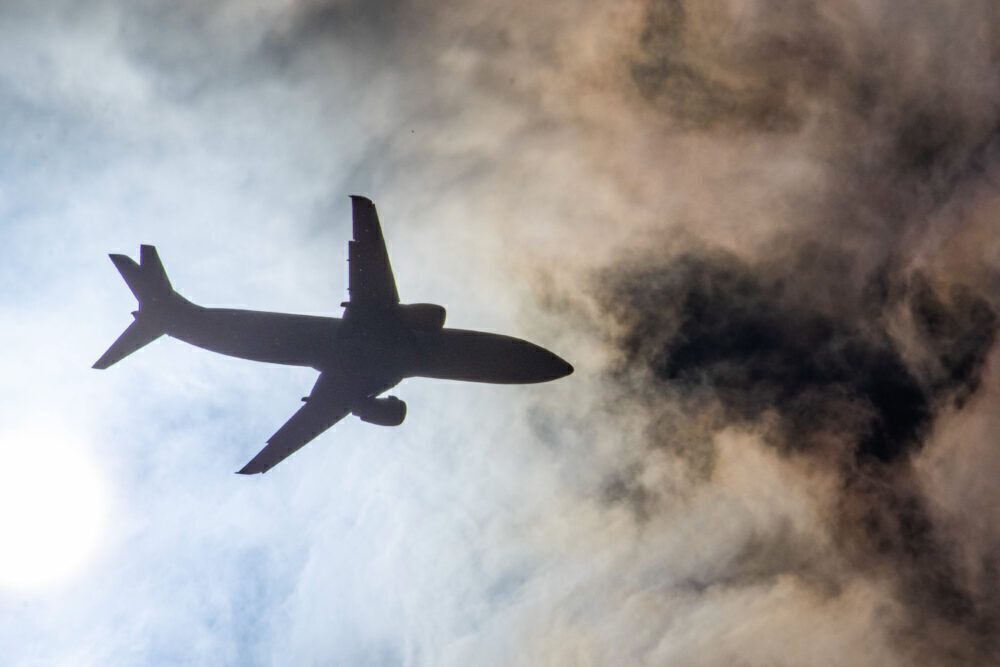Airlines and airports have been preparing carefully to restart services following over a year and a half of downturn amid the pandemic. A lot is at stake in the coming period after billions of dollars of aid, investment, and loans were pumped in to support the industry through the difficulties. So, companies need to ensure that they have the right tools in place during recovery. With this in mind, Simple Flying spoke with Sergio Colella, SITA President Europe, about what the focus will be when it comes to air travel IT.
SITA highlights the need for a safe, seamless passenger journey using low-touch and contactless technologies. It also emphasizes the requirement for agile and cost-effective platforms. Therefore, it is working with key industry figures to deliver solutions, allowing them to safely resume flights and get the aviation industry back on the right track.
New priorities
The pandemic has had a considerable impact on the services on the finances and services of airlines and airports. It also forced the market to adapt swiftly to cater to the new requirements that will be crucial in the recovery process. Colella explained what is on the cards in the IT segment.
“Top priorities now include addressing the new health requirements (health will continue to be a top priority for air travel after the pandemic, just as security was after 9/11); automating the passenger journey to make it more mobile-enabled and touchless in the airport and on the aircraft (SITA’s 2020 Air Transport IT Insights report reflects how the pandemic has accelerated investments in automated passenger processing, with a focus on touchless and mobile services); and driving more collaboration, cost-efficiency, and sustainability across aircraft and airport operations,” Colella told Simple Flying.
“Technology and digitalization will play a key role in meeting all these priorities, and SITA has adapted its portfolio accordingly. SITA is helping the industry address the challenge of efficiently managing travel health credentials such as COVID-19 tests and vaccine certificates, which, together with new social distancing protocols, risk incurring significant delays to passenger processing as traffic recovers.
“SITA Health Protect enables verification and validation of multiple health passports and provides passengers confirmation that they have the right documentation before they arrive at the airport, boosting operational efficiency as well as passenger confidence in returning to the skies.”
Stay informed: Sign up for our daily and weekly aviation news digests.
Reducing hassle
Innovations such as Health Protect helps airlines, airports, and governments link to seamlessly integrate with the various health passports or schemes out there. Institutions have been experimenting with the likes of IATA’s Travel Pass, AOKpass, and CommonPass. Therefore, there needs to be a system to sure that passengers can meet all the requirements during the different stages of their journey.
Overall, Colella shares that automating the passenger journey remains crucial in order to reassure travelers, put them in control, and provide a safe and hassle-free experience. He notes that the recent successful implementation of SITA’s low-touch biometric passenger processing solution at Bahrain Airport and Istanbul Airport exemplifies how biometrics will power a frictionless passenger journey through the recovery and the chapters that follow.
Moreover, SITA has now taken this a step further with its new agreement with Star Alliance and NEC. This initiative is aimed at accelerating the availability of biometric self-service touchpoints across Star Alliance’s member airlines.
Contactless overhauls
Meanwhile, touchless travel is also rapidly becoming the new standard on planes. Notably, SITA’s 2020 Passenger IT Insights report shows that presently, over two-thirds of all passengers choose to use their own device onboard to stay connected or access entertainment. Carriers will need to prioritize quick, uninterrupted connectivity across the journey in order to deliver this experience.
A holistic approach
SITA concludes that there is a need for more collaboration across all stakeholders in this next stage. Cost-efficiency and sustainability across operations both for airports and planes also need to be prioritized. As demand fluctuates, services need to be more agile while achieving more with less.
Subsequently, SITA is developing solutions that help meet several of these requirements collectively. For instance, it recently launched a partnership with Safety Line to offer the OptiFlight solution. This program reduces fuel consumption and limits aircraft carbon emissions at key flight stages. This simultaneously makes flights more environmentally sustainable and more cost-efficient, allowing carriers to meet numerous KPIs despite reduced resources.
Making it as easy as possible during the toughest of challenges
Altogether, SITA’s focus in the decade ahead is to support the market through the recovery into the post-pandemic climate. It is keen to continue working with its customers on technological innovations that it believes will have a crucial role to play in ensuring the smoothest possible recovery for all stakeholders. Overall, the group emphasizes that the benefits of accelerated digitalization will last well into decades ahead.
The seeds of these digital revolutions were planted well before the pandemic. The health crisis merely catalyzed the implementation of these processes.
What are your thoughts about the priorities for air transport IT in the recovery stage? What do you make of the prospects of the industry in the years to come? Let us know what you think of the situation and what we can expect in the comment section.

